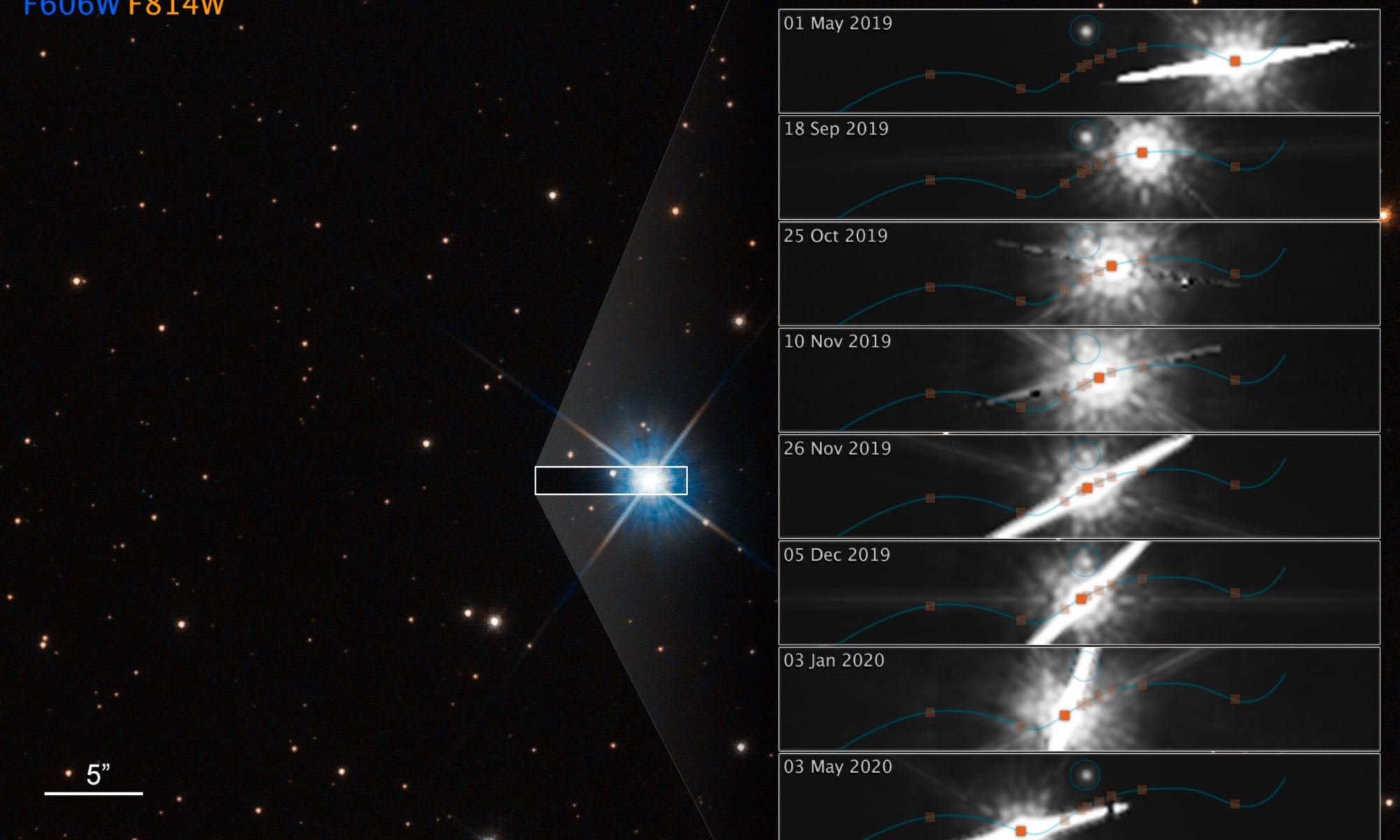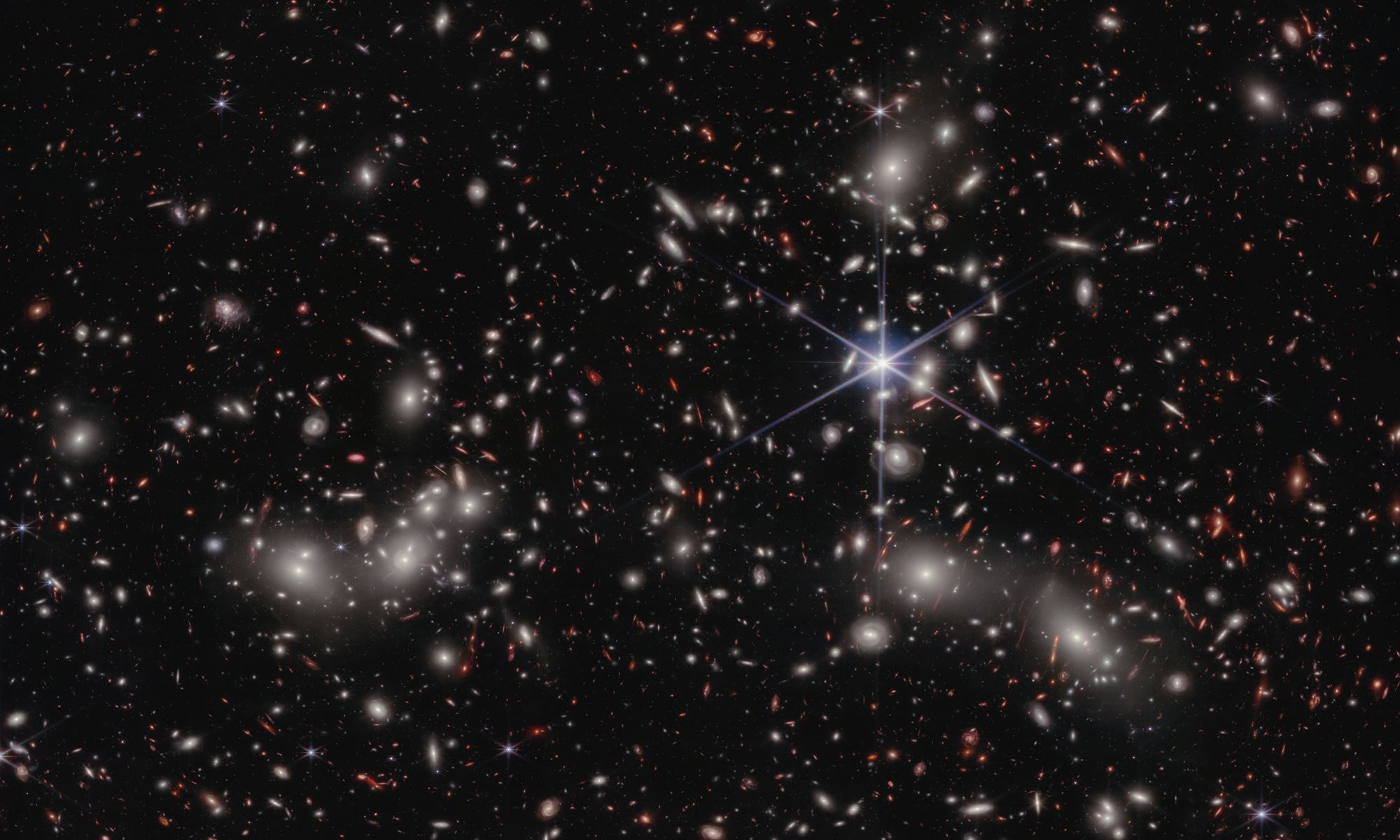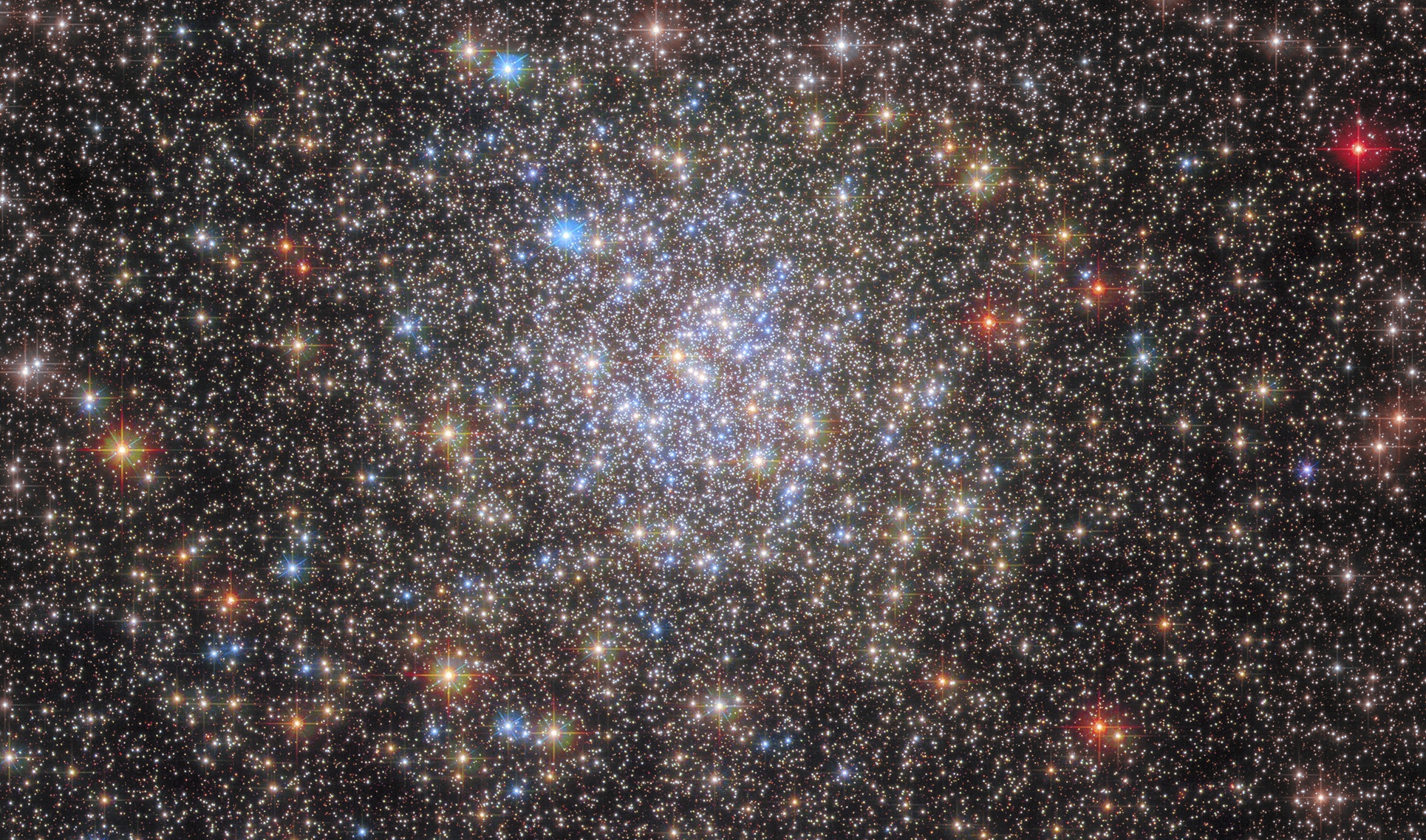The age of big data is upon us, and there are scarcely any fields of scientific research that are not affected. Take astronomy, for example. Thanks to cutting-edge instruments, software, and data-sharing, observatories worldwide are accumulating hundreds of terabytes in a single day and between 100 to 200 Petabytes a year. Once next-generation telescopes become operational, astronomy will likely enter the “exabyte era,” where 1018 bytes (one quintillion) of data are obtained annually. To keep up with this volume, astronomers are turning to machine learning and AI to handle the job of analysis.
While AI plays a growing role in data analysis, there are some instances where citizen astronomers are proving more capable. While examining data collected by the Dark Energy Survey (DES), amateur astronomer Giuseppe Donatiello discovered three faint galaxies that a machine-learning algorithm had apparently missed. These galaxies, all satellites of the Sculptor Galaxy (NGC 253), are now named Donatello II, III, and IV, in his honor. In this day of data-driven research, it’s good to know that sometimes there’s no substitute for human eyeballs and intellect.
Continue reading “Humans Can Still Find Galaxies That Machine Learning Algorithms Miss”










